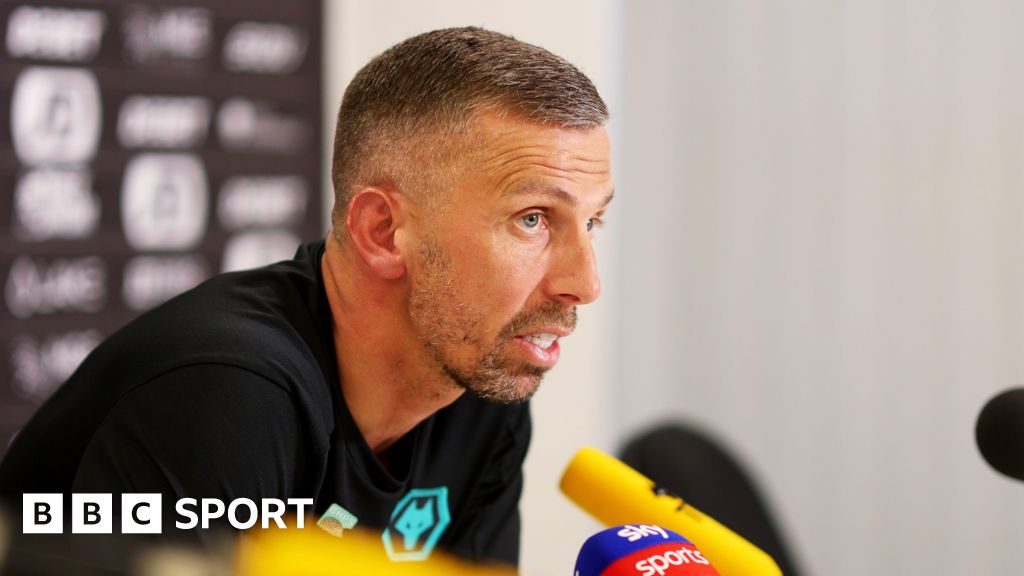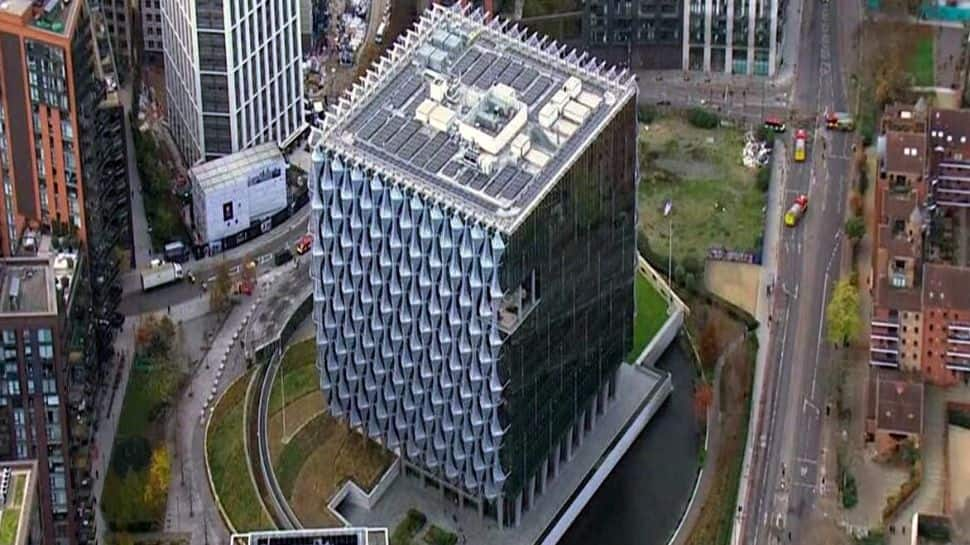Jobs
White Cube in London lets go of 38 invigilators—most of them artists and students

White Cube gallery in London has let go of almost 40 invigilators, citing “changes [to] some operational processes”.
The majority of the workers, who were on zero hours contracts, are artists and students. In a group statement, they say the manner in which their job losses were handled was “callous” and has “made it difficult for us to respond or receive redundancy benefits”. They add: “During a cost-of-living crisis and a time when jobs, let alone jobs in the arts, are scarce, they have put 38 people into an extremely vulnerable position.”
White Cube has decided to completely remove invigilators from the gallery, replacing them with security guards. “We were told that the termination of the role [of invigilator] follows a general trend across similar galleries that are moving away from visitor engagement to visitor management,” the former workers say.
A White Cube spokeswoman says the gallery has “changed some operational processes relating to security at our two London galleries”. She adds: “This is due to observations we have made over several years [about] the ways that members of the public interact with our staff, spaces and the artworks we exhibit. Of the 38 casual invigilators previously hired, 13 are continuing casual work with the gallery and five have been given fixed term or permanent contracts in different roles.”
The former invigilators say that they were invited to a meeting at White Cube in May, which they understood was “for a general check-in and to go over the upcoming schedule”. As a result, only seven attended the meeting—where the job cuts were announced—in person. “This not only meant that most found out they had lost their jobs either through an email or discussion on a WhatsApp group chat, but it also cleverly mitigated backlash from a mass removal,” the former workers say. Their jobs ended in mid-June after six weeks’ notice.
Despite many of the invigilators working for the gallery for at least two years, none were eligible for redundancy pay. One former worker noted that they were “all paid under London living wage despite it being a job that many rely on”. The groups says that all invigilators were employed on a casual basis, though some had been with the gallery for as long as seven years. “There was never the option for anyone to sign a contract that offered any kind of job security or guaranteed hours,” the former invigilator says. There is no suggestion that White Cube has broken any laws or contracts.
Speaking to The Art Newspaper, one former casual staff member also spoke of sexual harassment experienced by invigilators at the hands of visitors. The staff member described, among other things, being photographed repeatedly by a man who demanded she give him her number, being touched and having to hide in a cupboard at reception to avoid being harassed.
The invigilator says that front-of-house staff intervened on at least one of these occasions. However, although White Cube’s human resources department was informed of some of the incidents, former invigilators say the department was only involved once and no follow-up action was taken in other situations. The gallery declined to comment on these allegations when contacted by The Art Newspaper.
“There was no official procedure made to deal with harassment until after these events had happened multiple times. The official procedure was then simply walk away and tell reception,” former workers say.
In their group statement, the workers say the loss of their jobs, which for many was their main source of income, highlights the “real disconnect between those at the top end of the art world and people working in volatile positions at the bottom of the chain”. They add: “It also indicates a very worrying perspective on the public role of large art galleries. Those trying to make a living in the arts have for a long time relied on roles such as invigilator to enable them to pursue their own practice or studies. By removing roles like these, the extent to which the art world can only be entered by the already rich gets greater.”










